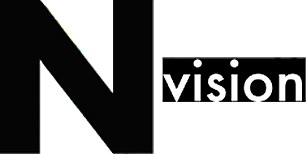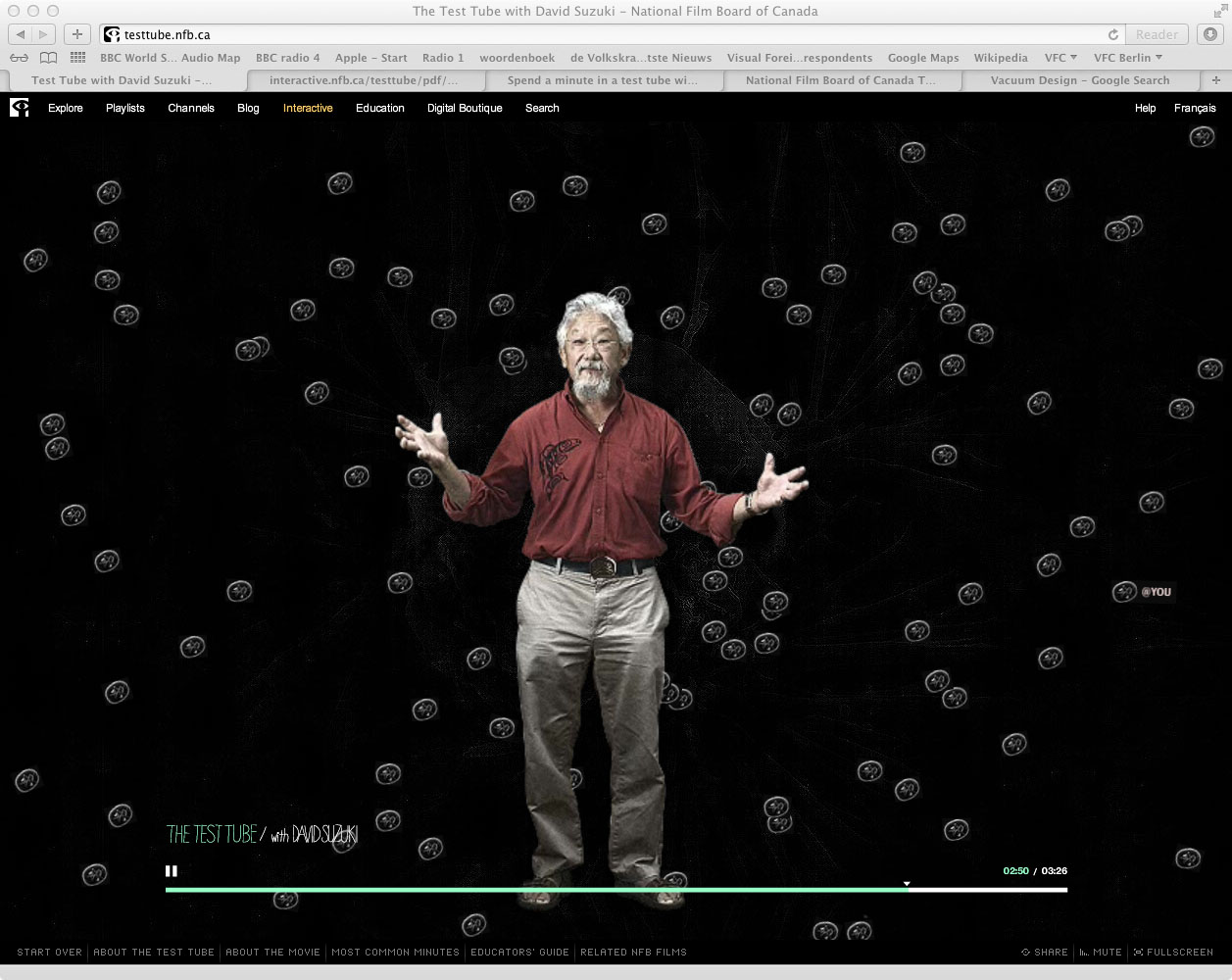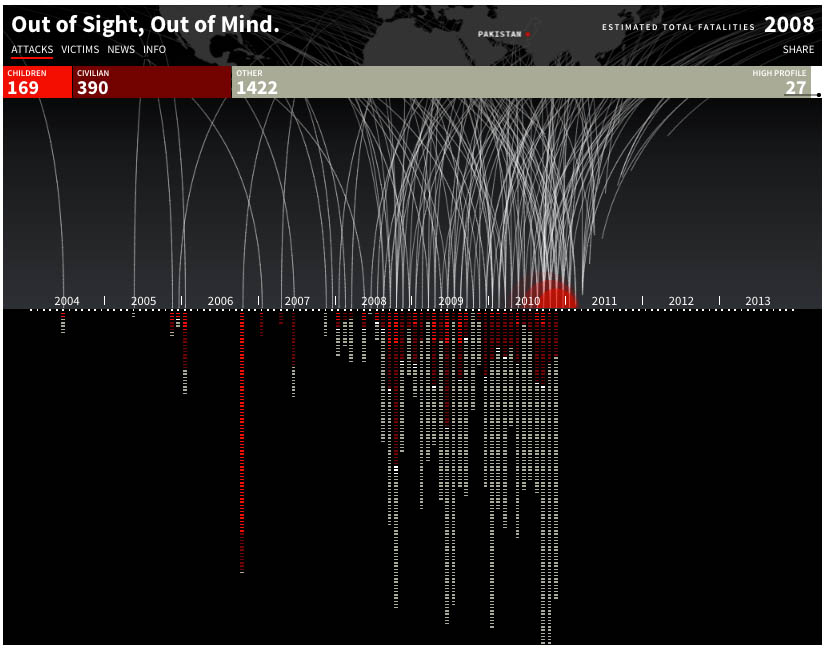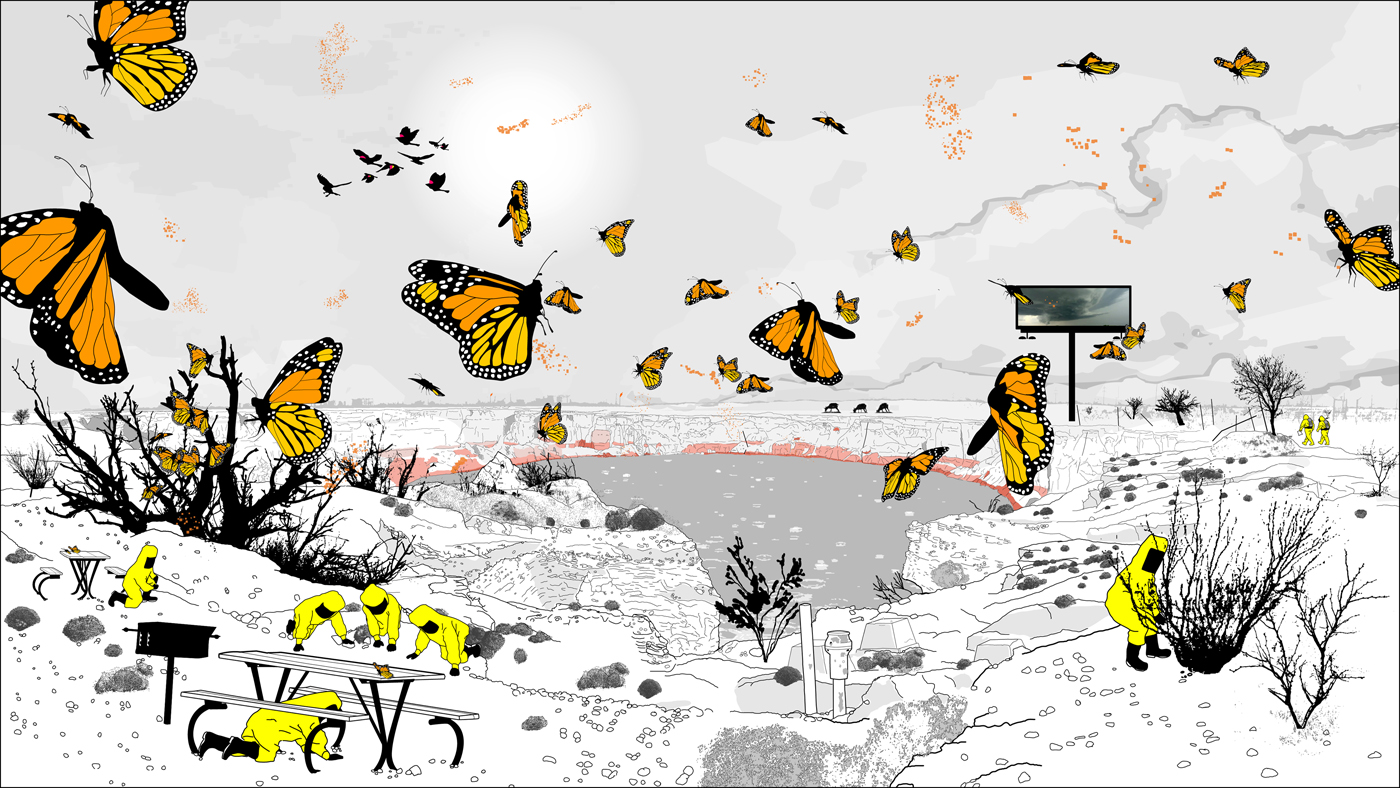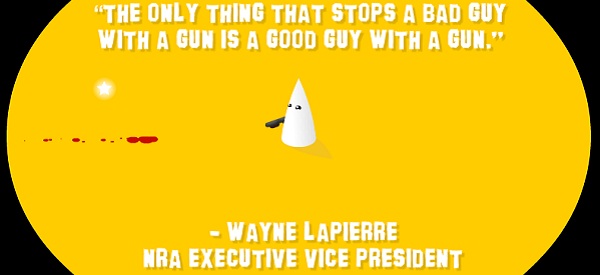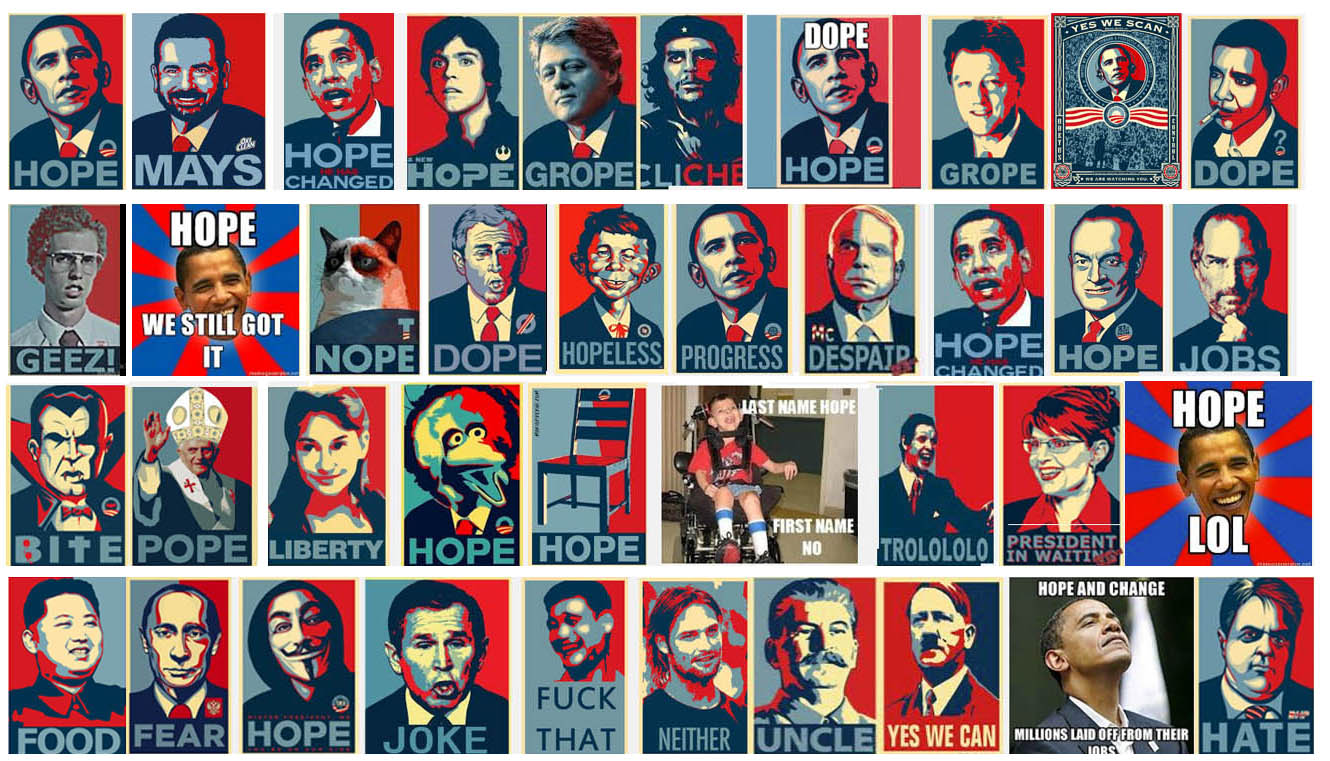Online, in news-sites, blogs and twitter we share more stories than ever and the image is an important part of this communication power. There are many images present within this editorial realm, but barely any would classify as editorial illustration. This type of illustration, that accompanies reflective and lifestyle stories has always been and still is a core part of the printed editions, but online it no longer has a role to play, online editorial illustration is a vanished medium[1].
This vanished role of illustration points to something bigger, it points to a changed way we construct and read stories. The array of media platforms lets us read stories whilst they are being written and bring a fragmentation that demand self-explanatory and informational visuals, rather than mediating illustrations. At the same time digitally native platforms are developing, which present immersive, contained and highly visual experiences and it is here illustration is finally able to become what it has always been: new media, freed from the restrains of paper.
The editorial illustration is created within and through the printed editorial publication where it is shaped by its technical, social and cultural dynamics. It is shaped by paper, ink and print, the production cycle of the magazine and its ideologies, and the desired of those who read it. These publications are not so much about disseminating information, but through editing, stance and style turn information into stories that give the reader a particular an instrument of orientation. Within this network, the illustration takes particular position. As not-a-photo[2] it works best where analysis and reflection and subjectivity are deemed important.
It might come as a shock to illustrators, but the point of the illustration is not itself, however nice it is, the point of the illustration is its mediation.
As a relational tool it presents an alternative, imaginary way of understanding the meaning and intent of a story, whether it is in-depth analysis of current events or lifestyle trivia. In this the intertextual relationship, the combination and positioning of image and text and the way the two influence each other is key. Perhaps sounding somewhat grandiose, here the unity of image and text creates an immersive multi-media experience.
The first task of the image is to make sure that the reader notices the image, and engages with its related text. The illustration is like an instant movie trailer. It gives an idea about the story, its the angle and connects it to the reader’s world. This not only involves an engaging style and narrative within the illustration, but also with the larger picture the layout of the page that includes the image.
But unlike the trailer, the illustration remains on the page whilst the story unfolds and it subtly directs the meaning. What within the text could have been unclear or left unspoken- without words, the illustration hints at how to best read between the lines. Now the illustration is like the Ideal Reader[3], it points at how to read the text enable a full meaning of the communicative event (Hall, 1980) and presents an approved commentary which the reader, is meant to relate to.
Online however this perfect unity is broken, because online the story is broken up. Where in a printed paper magazine the beginning, the middle, the end and the context are contained within one article, online, the story shift-shapes between platforms. Online stories can start in theTwitter-sphere, blogs, social and official media and then circulate, iterate and change continuously from platform to platform, every now and revealing itself seemingly as a full story, beginning-middle-end, but in new contexts, updated and as a continuation waiting for the next extension.
This means for the illustration that the function as trailer is no longer there. The trailer starts with the search-terms entered in Google, or the link you click in twitter or the related postings in websites and blogs, this is where the interest starts.
And so it is for the Ideal Reader- the illustration as exemplary commentary. Every online text in blogs carry within them the possibility to be republished. You can copy, link or like content, these are all acts of commentary. And there is the near-standard invitation to leaving a comment- and join the (edited) community of those who commented before you. Online, these acts and the community of actors are the Ideal Readers. There is no more need to pay an illustrator, if actual readers are happy to give their feedback for free.
As for the intertextual relationship, the signifying bond between image and text: Content Management Systems and responsive media have disabled this visual orientation. Instead every part of the article is seen as a piece of information to be read separately. These methods make it possible that content can be read on every platform, every carrier and every technology. But in order to do so it treats every element; text, title, identity and image as a separate informational block- to be positioned independently based on algorithms and personal settings. There are no allowances for layout concerns beyond the pre-set format including user preferences. In this system the illustration is not seen as the relational object it is, but an independent entity with all information and orientation held within its own boundaries.
When the illustration can no longer mediate, can no longer engage and no longer reflect, what is left, but a hollow marker on the page?
But whilst the digital on the one hand presents limitless information and endless fragmented stories, on the other, coming form the same new media technologies it can create immersive structures. Structures where stories, meaning, intent and visual expression are contained within one work, one experience. This is where I see new models for editorial storytelling emerge, and here the visual is driving. Here the intertextual relationship is contained, yet extended over various sensory media, stories and expressions within the boundaries of one work. And it’s this immersive experience and the relational that has always been central to the illustration. Within online media the expressive and aesthetic quality of illustration can still include pens and brushed, still include image manipulation programs, but also extend into new expressive forms like programming, behavior, other sensory media and variable temporalities. Here illustration can relate to all other form of narrative media, be engaging and reflective.
So what type of immersive stories do we see online and do they present qualities that can be understood as a continuation of editorial illustration?
Most examples of immersive narrative experiences are within games, interactive storybooks, interactive movies or data visualisation, and most of these works are abstract or fictional, they do not have typical editorial subjects, currant affairs, analysis, lifestyle or serious issues as their subject. Most often these works have a status as independent artworks, games, documentary, meme and can be seen circulating within social media. These works do not present themselves as editorial content or carriers of editorial content.
But the latter is no longer of the essence. The works, including its contextualizing ideology are self-contained and only partly affected by the ever-changing network of locations and platforms. What is now important is the network of forwarding friends or trusted sources.
They have been discovered as versatile vehicles to present multifaceted stories that deal with complex current issues and a method of employing users behaviour or generating mass engagement. And off course they are not used separately, but combined together with more traditional storytelling formats, including text, sound and image.
For instance:
Test tube (2010)
url-address: testtube.nfb.ca
produced by: the vacuum design- www.vacuumsucks.com
This is a one-minute inspirational speech about over-consumption, where the user, is represented as one of the bacteria floating around. This makes them part of the story and personalises the message by making the user implicit in the causes of over-consumption. It uses both non-linear and linear narrative, animation, user interaction and live twitter-feeds, where the visual and the story align, feeding of each other.
Out of Sight (2013)
url-address: drones.pitchinteractive.com
produced by: Pitch Interactive
This is a data visualisation about the on-going use of drones in Afghanistan, the victims and the damage. This work is a series of connected data visualisations which uses live feeds, graphic animation, interaction and hyperlinking -where every node is an entree to more information collated from all the data sets. This visualisation goes far beyond a simple animated graph, and though the work might not be figurative, its got a highly representational quality, for instance in its use of iconography and the animated behaviour or the timeline.
Mesocosm (Wink, Texas)- (2012)
url-address: o-matic.com/play/friend/mesocosmWINK/
produced by: Marina Zurkov
Mesocosm is a computer -generated image, where the animation is driven by data input and algorithm. In this work the data is used as malleable material to support a story, on the one hand through the behaviour of the data stream, on the other through the signifying quality of it. The work is driven by data from of environmental science and presents a real-time twenty-four hour cycle of a dystopian eco-system. Intended as gallery installation, but also available as web-experience.
The Best Amendment (2013)
url-address: molleindustria.org/the-best-amendment/
produced by: Molleindustria
The Best Amendment is a satirical shoot’m-up that questions the ethics of the American National Rifle Association and their idea of gun control after the mass killing at Sandy Hook Elementary School earlier that year. It uses game structure to create insight and satirical commentary. Though the intended reading is immediately clear through its visuals, it’s the users engagement and behavior that strengthens its appeal and brings new questions about the users own behavior.
This particular meme[4] is ongoing since 2008 and started with the Obama Hope Campaign image, created by Shepard Fairey. Each individual meme presents its own meaning, yet part of its meaning comes from its link with previous and following images. Here the story is told through the slight variations in the untold rules of design, shared language and coded references to current events and public personas. It is a collaborative effort by deliberately anonymous makers and a democracy of sharing what decides which image is valid or not.
Online the single illustration embedded in a column of text is a misplaced remainder of print reading copied into a digital structure that treats image and text as separate informational objects. Here the traditional editorial illustration, has lost its function- a pretty visual mark on the page at best. But what the loss of this medium signifies is a lack of ability in these formats to enable reflection, to enable orientation.
The (re)-appreciation of long-form reading in print, the success of the tablet, and growing use of digitally native structures for editorial storytelling, all point to a desire to fix and contextualize a story which allowing both the informatiotional and orientation. Platforms like New York Times and Guardian do sporadically commission or publish, such as the …, … and …. But it’s the reader that needs to see the importance of these works, it’s the reader that needs to understand online communication not only as a informational but also a reflective environment. It’s the creator and the publisher that need to see the potential of reflection in digitally native forms of immersion. This is where we will find the potential for new forms of illustration
Thanks (edited presentation ReNew Conference Riga 2013)
[1] …today’s process of transition allows us to perceive what we are losing and what we are gaining – this perception will become impossible the moment we fully embrace and feel fully at home in the new technologies. In short we have the privilege of occupying the place of vanishing mediators.
Žižek, 1997 p.131
[2] Following Barthes examination of the photographic image (1977) the photograph is presented as an analogon- a copy of the real, which next to its denotive qualities also holds certain connotational features (releasing meaning through style and composition). I present the connotational as a core feature of the illustration. The illustration is totally referential, made-up, and expression, style and composition drive the illustration.
[3] The definition of ideal follows Slavoj Žižek Lacanian interpretation of ideology: A belief in an internalized version of an imagined perfect being. Lacan calls this the Other, the ideal self, someone who we wish to be but can never become. The ideal also sets a subconscious index of references, a list of signs through which we measure and recognize ourselves, and those we aspire to be. These references are central in the language of the illustration, which uses them as symbolic references to connect the intended reader.
[4] A meme is a way cultural information spread on the internet, The meme can be anything from an idea, hashtag to an image and uses the social networks and structures to circulated. Memes present small iterations with every version but are still recognizable as coming from a singular source. Most have no serious intent, though sometimes used as form of protest.



